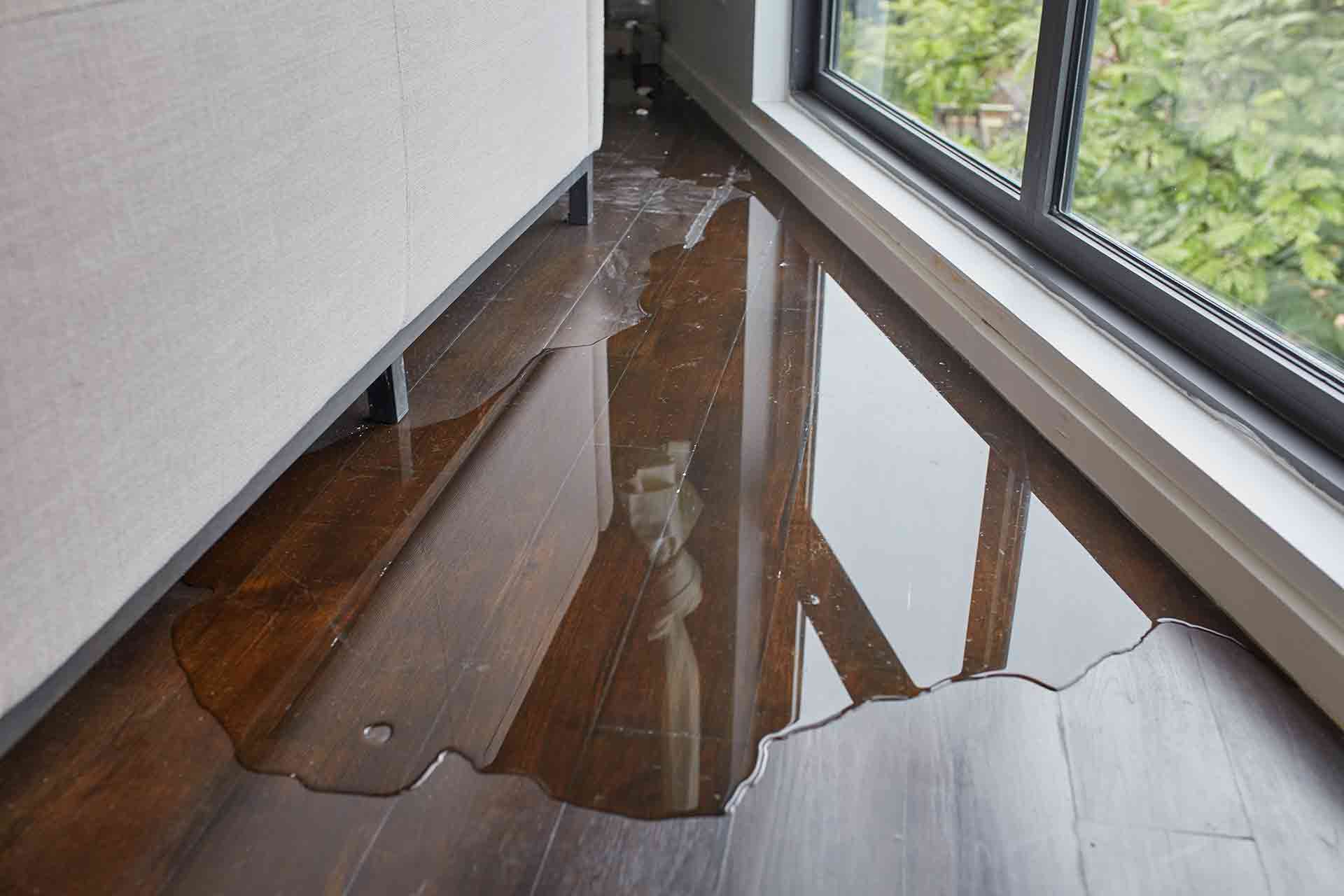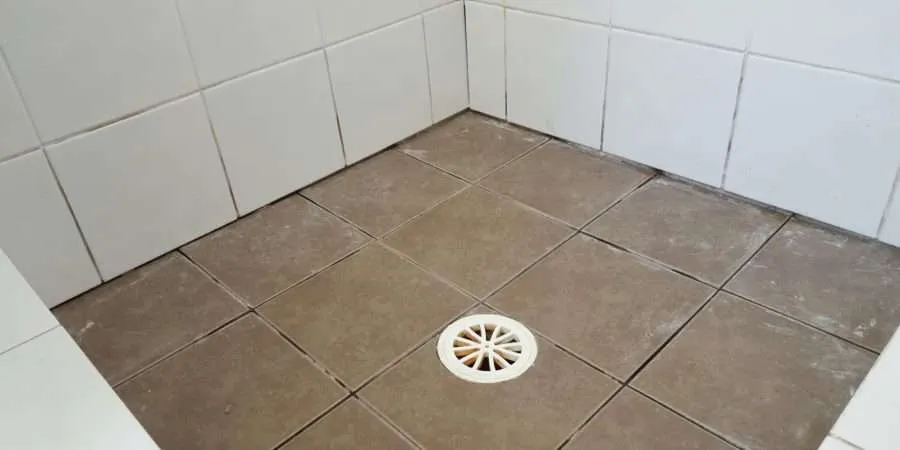How to Stop Bathroom Water Damage
How to Stop Bathroom Water Damage
Blog Article
How do you actually feel in regards to Looking for Signs of Water Damage in the Bathroom?

The washroom is incredibly vulnerable for moist buildup as well as prospective water damage as a result of the regular use of water in it. This article supplies basic inspection strategies to assist discovering water damage threats.
The regular use of water in the washroom makes it very vulnerable for wet build-up and possible water damage. By inspecting it consistently, you can minimize water related problems.
The complying with collection of assessments is easy to do and ought to be done once in every 3 months in order to keep your shower room in good shape and to avoid potential water problems caused by the bath tub, the shower, pipe joints and also plumbing, sinks, cabinets, and also the toilet
Do not forget carrying out these examinations as well as be thorough while doing them. Keep in mind that these basic inspections can save you a great deal of money by supplying early indicators for water damages
Tub and also Shower
The shower and bath tub call for special interest and maintenance. Examine the tiles as well as change if broken. See to it that there is no missing grout in between the tiles. Examine and also replace broken caulking at joints where the wall surfaces meet the floor or the bath tub. Clogged drains and also pipelines problems will certainly protect against the tub from drying out as well as might suggest significant troubles beneath the tub. Talk to an expert immediately to stop architectural damage. Pay attention to discolorations or soft locations around the bath tub wall surfaces as they may suggest an interior leakage.
Plumbing
Signs for water damages are hard to spot since many pipes are set up inside the wall surfaces.
Pay unique interest to floor covering as well as wall surfaces wetness as well as spots as they may suggest an undetectable plumbing trouble. Examine wetness levels in adjoining rooms as well.
Sinks and Cabinets
Sinks and cabinets are revealed to dampness and moisture daily as well as are commonly ignored. Check consistently under the sink and on the kitchen counter over it. Fix any type of drip in the trap as it might suggest drain problems. Browse the sink, sluggish draining pipes may indicate an obstructed drain. Replace sink seals if they are cracked or loosened.
The Toilet
The toilet is a vulnerable water junction. Examine the water lines and also look for leaks around the toilet seat, in the pipe, and under the water container. If you identify any type of signs of dampness on the flooring around the toilet, check for leaks in the toilet edge and also tank seals.
Realize that hanging commode dish deodorants increases the opportunities for blockages.
How to Prevent Water Damage in Your Bathroom?
Water damage repair is an expensive, meticulous, and lengthy process. Unfortunately, bathrooms are the most susceptible rooms to water damage due to toilets, showers, and sinks. Pipes and fixtures wear out over time and are not immune to damage. But all is not lost, as there are ways to prevent water damage from occurring in your bathroom.
Check Your Plumbing
Nothing lasts forever, especially pipes, which can rust and begin leaking over time. You should periodically conduct pipe inspections and pay attention for any musty smells or water stains that may indicate you need water damage repair. Here are some things to check:
Frequently test valves for your toilet, shower, and sink to ensure they are properly working. Check faucet supply lines hidden under vanities and replace when needed. Replace cracked or deteriorating caulking along sinks, tubs, and showers. If you notice a clog in your sink, call in a professional. Since you can’t check the pipes in the wall, keep an eye out for stains, drywall bubbling, musty smells, and excess moisture; if the bathroom is on a second level, check the ceiling of the room directly below for these signs. Don’t Overwork Your Toilet
One of the most common reasons bathrooms need water damage repair is due to overflowing toilets. Save yourself the hassle of cleanup by being mindful and not pushing your toilet to extreme limits. If you have young children, it is especially important to keep an eye on them when they are in the bathroom and to teach them how to avoid clogging the toilet. Here are some more tips to help prevent your toilet from overflowing:
If you have a septic tank, only use septic-safe toilet paper Do not flush anything down the toilet besides toilet paper; items like diapers and sanitary napkins will clog the piping Pay attention to your toilet’s water level: If it’s low, it could mean it is partially clogged or that there is a crack in the toilet bowl Maintain Your Shower/Tub
Replace showers or tubs with cracks or other damage; even hairline cracks can allow water to seep in and cause damage. Grout and caulk help prevent water from seeping into walls and floors, so repair them if they are chipped, cracked, or deteriorating. Replace torn shower curtains or shower doors with seals that no longer work. Dry the floor and drain water from the tub immediately after use to prevent damage from sitting water. https://www.alure.com/home-improvements-blog/resources/how-to-prevent-water-damage-in-your-bathroom

Hopefully you enjoyed reading our topic on Common Causes of Water Damage in a Bathroom. Thank you so much for taking time to browse our article. For those who liked our blog post kindly be sure to share it. I take joy in reading our article about Preventing Water Damage in the Bathroom.
Schedule Your Job Now Report this page